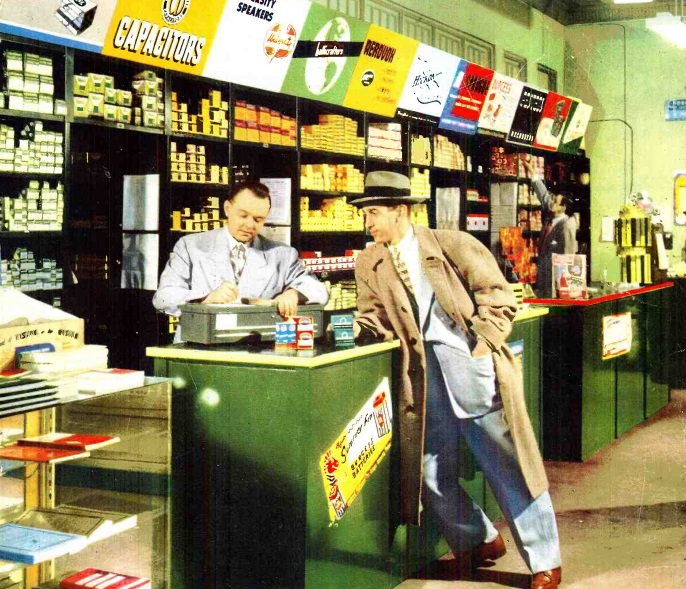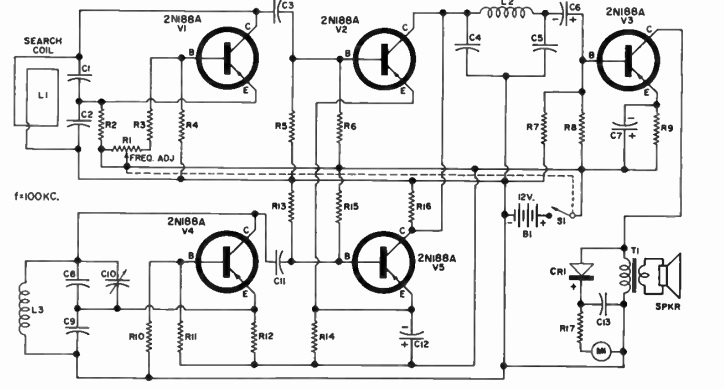Census data about individuals is private for 72 years. I assume that the thinking is that after 72 years, nobody really cares how much money you made or other details of your personal life. So after 72 years has elapsed, the information becomes public data.
Since census day was April 1, 1950, this means that the data for the 1950 census was made available on April 1, 2022. The census data for 1940 has been available online for ten years, and you can easily search it by many criteria, including name, at this link at Ancestry.com. (In fact, if you just Google the person’s name and “1940 census,” you’ll probably find the data that way. All of the original images of these records are available at the U.S. Archives website, but they cannot be searched by name on that site.
The images of the original 1950 records are now available at the U.S. Archives, which promises that the records can be searched by name. However, since most of the records are in cursive writing, the OCR process is not yet quite up to the task. However, it promises that the Artificial Intelligence is going to engage in machine learning. In particular, users are requested to transcribe entries, and I believe the thinking is that the AI is going to use these examples to learn the handwriting of individual enumerators, the people who went door to door writing down the data about the people at each house.
If you do try to search by name now, you’ll need to use a little creativity. In many cases, the last name is transcribed wrong, in which case you probably won’t find it. But if you search for just the first names in such a case, you might find the household, especially if you can narrow down the location well enough. But as the 1940 data proves, the searchability of the 1950 data is bound to get much better.
It took some searching, but I found my parents and grandparents. It was necessary, however, to know their address in 1950, at least approximately. Once you know where someone lives, you can find their “Enumeration District” with the interactive map at Ancestry.com.
Armed with this information, you can enter the Enumeration District, County, and State at the Archives.gov website.
You will then find a listing of all of the households in that neighborhood. Most of those listings seem to be about 25 pages long, and they are organized in the order in which the enumerator walked through the neighborhood knocking on doors. After you see which end they started on, it’s usually fairly easy to guess about which page the person of interest is on, and scroll through the pages to find them.
The example above is for then-Congressman Gerald R. Ford at his home in Washington, D.C. Since he was a member of Congress, the information for his household is struck out, with a notation that it will be transferred to his home district in Michigan.
The census contains the basic biographical data for everyone in the country. For about one person out of five, the enumerator was instructed to ask a few additional questions. My mother was one of those five people, and from her entry, I learned that in 1949, she earned a salary of $1600 per year working 41 weeks as a stenographer.
 Shown here is the Camden, NJ, location of Almo Radio Company. The company, founded by Morris Green and Al Margolis, was based in Philadelphia, and had expanded to a chain of six stores, plus warehouse. It served as a parts jobber for radio dealers on the East Coast. To make sure dealers could be quickly served with their needed parts, each branch store had an inventory of $75,000 at all times, with the warehouse stock valued at $600,000. It employed 12 salesman, each covering an average of 200 accounts.
Shown here is the Camden, NJ, location of Almo Radio Company. The company, founded by Morris Green and Al Margolis, was based in Philadelphia, and had expanded to a chain of six stores, plus warehouse. It served as a parts jobber for radio dealers on the East Coast. To make sure dealers could be quickly served with their needed parts, each branch store had an inventory of $75,000 at all times, with the warehouse stock valued at $600,000. It employed 12 salesman, each covering an average of 200 accounts.










